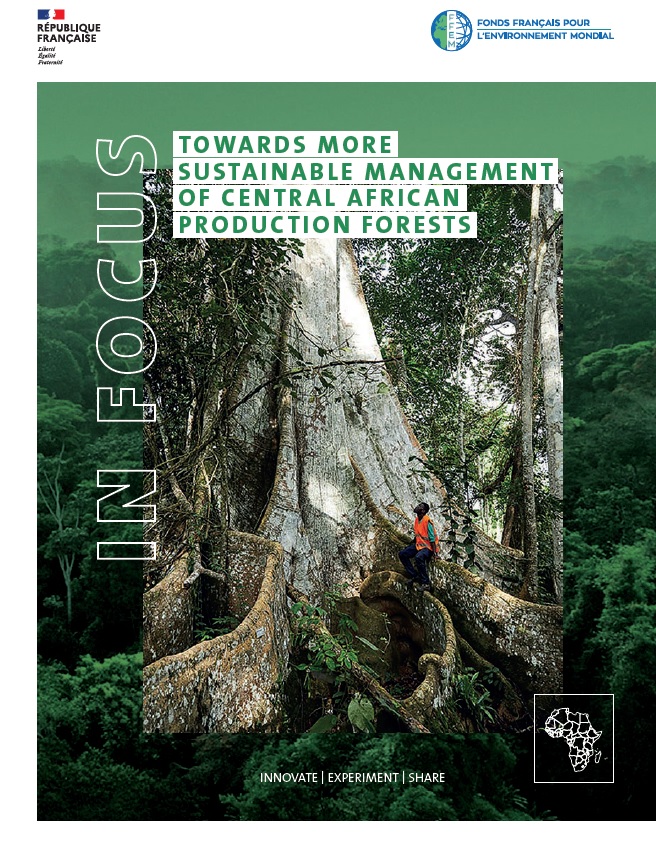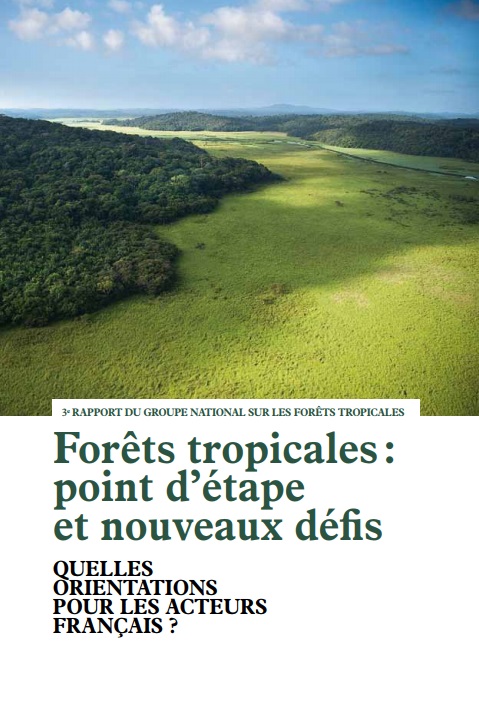Share the page
Forests & farmland
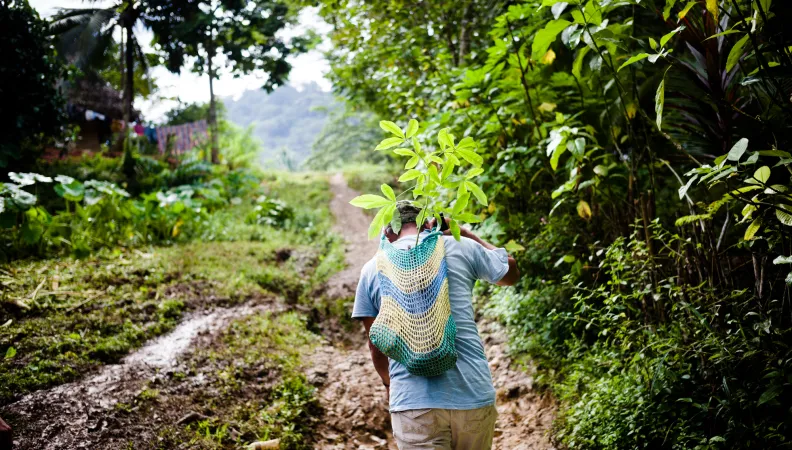
Our commitment
Since its creation, the FFEM has promoted a more sustainable relationship between humans and natural resources. Its goal is to protect the biodiversity of forests and landscapes, combat desertification, and restore the climate-regulating functions of forests and agricultural land by placing them at the heart of community development.
As the primary reservoir of terrestrial biodiversity, forests, along with land, are a powerful lever for climate regulation. Today, their biodiversity support and carbon storage functions are significantly reduced by urbanisation and unsustainable agricultural practices. The agricultural sector is the leading cause of deforestation and land degradation. Forestry and agriculture are closely linked issues, which is why the FFEM addresses them together. Its aim is to simultaneously meet the objectives of preserving biodiversity, combating climate change and fighting desertification and land degradation.
Our action today
Premier réservoir de biodiversité terrestre, les forêts représentent, avec les terres, un formidable levier de régulation du climat. Aujourd’hui, leurs fonctions de support de la biodiversité et de stockage du carbone se trouvent considérablement réduites par l’urbanisation et les pratiques agricoles non durables. Le secteur agricole constitue en effet la première cause de déforestation et de dégradation des terres. Les enjeux forestiers et agricoles sont intimement liés, raison pour laquelle le FFEM les aborde ensemble. Son but est de répondre simultanément aux objectifs de la préservation de la biodiversité, de la lutte contre le changement climatique et de la lutte contre la désertification et la dégradation des terres.
Our cross-disciplinary approach
Forests and agricultural land, which are severely affected by the environmental crisis, are at the heart of many human activities that contribute to it. Therefore, the promotion of sustainable agricultural and forestry production methods must complement ecosystem conservation and restoration measures and climate change mitigation and adaptation actions. In addition, the sustainable use of agricultural and forest products in the form of energy or compost can contribute to circular models. This is why the FFEM encourages cross-cutting projects on forests and agriculture, including in relation to cities and access to energy, which have an impact on biodiversity, land degradation, climate and pollution.
The FFEM supports the development of sustainable agricultural systems adapted to local conditions, such as agroecology and agroforestry. It pays particular attention to systemic approaches and integrated strategies for structuring sustainable value chains and territories, to the fair and equitable distribution of added value for small-scale producers, as well as to the promotion of practices free from chemical inputs.
Most of the world’s forest regions are subject to deforestation, particularly in tropical areas, where forests are richest in biodiversity and play a key role in carbon storage.
The expansion of agriculture and livestock farming is the main driver of deforestation, in response to a growing demand for food and energy. In 2021, tropical regions lost 11.1 million hectares of tree cover, around one-third of which occurred in tropical forests. To address this urgency, the FFEM supports projects that contribute to combating deforestation, forest degradation, and land-use change.
In response to the growing loss and degradation of natural forests, forest areas must be integrated into land-use planning processes that aim to reconcile environmental protection, social and land dynamics, as well as the uses and needs for forest resources (timber, fuelwood, non-timber forest products, agroforestry production).
The management of these areas must also take into account the challenges of restoring degraded forests, in order to recover their productive and adaptive capacities.
In this context, the FFEM promotes projects aimed at the preservation and restoration of forest landscapes, which balance different uses while considering forest conservation, their social value, and economic interests. It pays particular attention to the recognition of local communities’ rights.
Download the FFEM brochure on forests and agricultural land
In the field
Key figures, projects, news and publications are just a click away.
In figures
-
105 projects funded since 1995
-
144M€ committed since 1995
-
31 projects underway in 2025
-
46 M€ committed since 2025
Focus on our projects
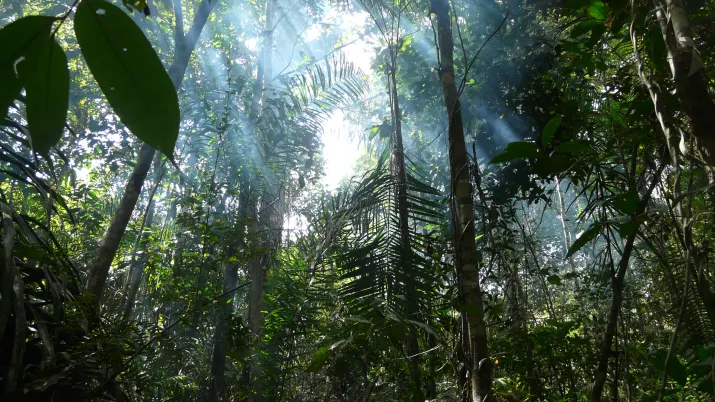
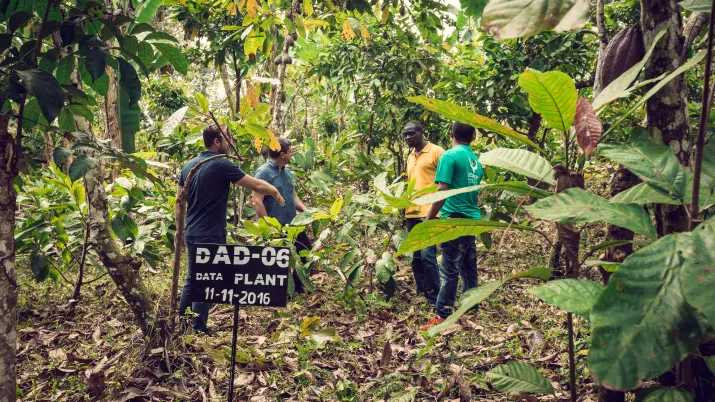
TerrIndigena, for the rights of indigenous communities and their environment
In progress
2021 - 2027

Focus on our publications
